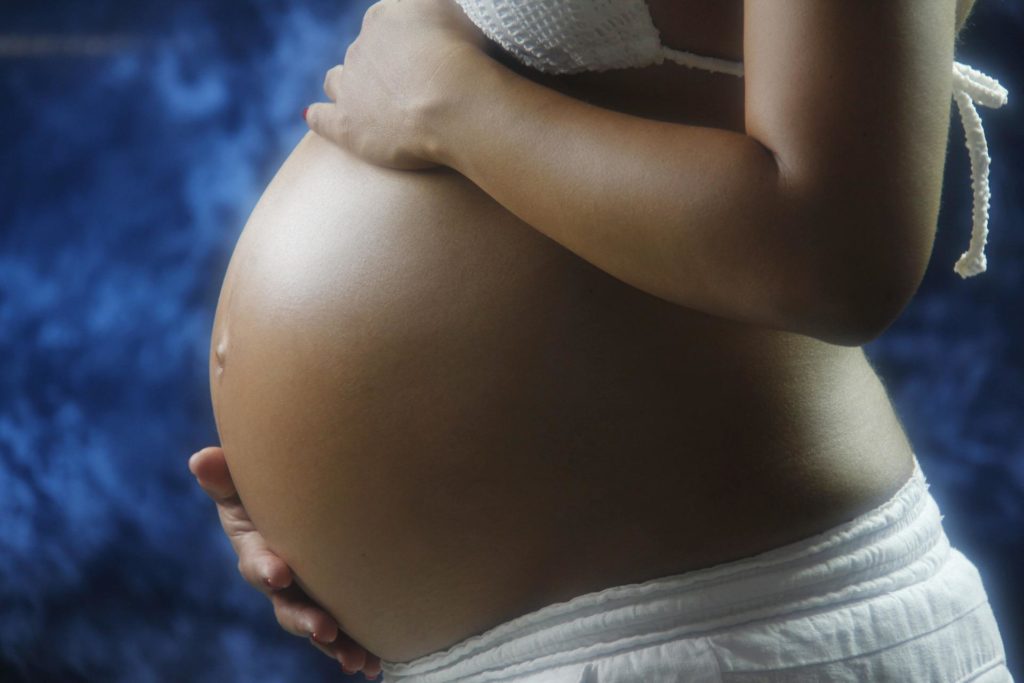
Gestational diabetes mellitus is a condition in which previously healthy women experience high blood sugar levels during pregnancy. When treated, most women deliver healthy babies. However, if left unmanaged, it can lead to pregnancy complications, larger-than-usual babies, and an increased risk of developing type II diabetes later for both the mother and the child. To address this, the International Association of the Diabetes and Pregnancy Study Groups recommends that all women who have not been previously diagnosed with diabetes undergo an oral glucose tolerance test between weeks 24 and 28 of pregnancy. This multi-step procedure involves fasting for 8-12 hours, taking a baseline blood sample, consuming a standardized glucose solution, and using another blood sample to assess sugar metabolism. However, many health facilities use a simpler “casual” blood glucose test, which is cheaper and quicker. This test involves analyzing blood glucose levels at any time, without considering the woman’s recent food intake. Only if women test positive in the simple screening are they asked to undergo the more rigorous glucose tolerance test.
The obstetrician Tanimura Kenji and his graduate student Tomimoto Masako from Kobe University were worried that the current two-tier approach might be overlooking cases of diabetes during the initial screening. They conducted a study at the perinatal centre of Kobe University Hospital where they combined the casual blood glucose screening with a more sensitive glucose challenge test into a single protocol for all women visiting their centre. They then asked women who tested positive in the glucose challenge test to also take the glucose tolerance test, in order to determine how many positive cases would have been missed if they had relied only on the casual blood glucose screening.
The study, published in the Journal of Diabetes Investigation, found that out of 99 women diagnosed with gestational diabetes mellitus, 71.7% had blood sugar levels in their first blood sample, which would have led to a negative (no diabetes) diagnosis. Tomimoto explained, “Although previous studies have shown that the casual blood glucose test is less sensitive than others, no studies have directly compared the results in the same individuals. Our study confirmed that this screening method, widely used in practice, often fails to detect the condition it is meant to identify.”